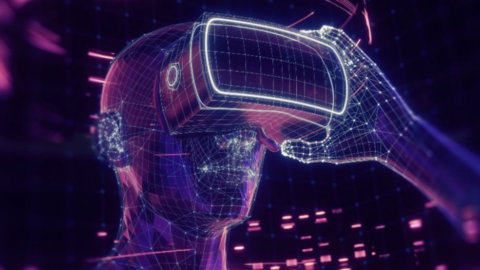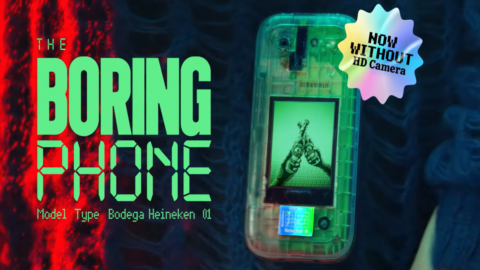THEAugmented Reality and Metaverse Observatory of the School of Management of Politecnico di Milano presented a report, which will be presented in its entirety on April 20, on the current situation of Metaverse. Currently the Metaverse is still far from being a reality because the interconnection between the different virtual worlds is not yet possible. In fact, not at the moment there is a unique universe, but a set of virtual worlds, 141 to be precise.
These virtual worlds, populated by millions of Avatars, have different rules, functions and business models. The potential of the new digital universe is therefore all to be discovered but in the meantime there is no shortage of opportunities. The companies they did not stand by but began to show a strong interest ad invest in these digital universes. They have already been made 308 international projects from 220 companies.
The majority concern the sectors of Retail (30%), ofEntertainment (30%) and ofIT (17%), but there are also 9% of projects Finance and Insurtech and 5% Food & Beverage. Most offer services to entertain the brand community and attract new targets, to increase visibility or provide consumers with a new touchpoint for purchasing products. We are also beginning to see the first virtual offices for interviews and training.
The Rules of the Metaverse
The Observatory has tried to give one Metaverse definition: an immersive, persistent, interactive and interoperable ecosystem, composed of interconnected virtual worlds in which people can socialize, work, transact, play and create, accessed through extended reality tools.
The virtual worlds for costumer the Metaverse must have the following 8 features: persistent, accessible by all, immersive, scalable, interoperable, transactional, allow for asset ownership and avatar representation.
The variety of virtual worlds
According to the Observatory's analysis, only 44% (62 platforms) are already Metaverse Ready that is, it is freely accessible by anyone, persistent (that is, it continues to exist regardless of the presence or absence of a subject), economically active, equipped with 3D graphics, with interoperability components that would allow the use of digital assets in a cross-platform manner. Among the examples of these worlds we find platforms such as Decentraland, The Sandbox or the Italian The Nemesis.
33% of the worlds are Open World, that is, it is an open, persistent, modular and immersive virtual space, which collects projects belonging to each area of interest, lending itself both to use by companies and for social purposes, but without elements capable of supporting interoperability. Example of this world is Horizon Worlds, one of Meta's flagship products.
19% are from the category Focused world, i.e. sectoral virtual worlds whose projects are focused on a particular area of interest (gaming, commerce, training, working collaboration), such as Fortnite and Microsoft Mesh.
4% of worlds are about storefronts (ShowroomingWorld) intended for display, for example for works of art by artists and collectors, without the possibility of creation by the user.
77% of projects are in the Retail, Entertainment and IT sectors. In 18% of cases, an interaction between the user and the brand involving both the virtual and the physical world is expected.
The Metaverse will be the next big revolution in online interaction
“Of course, the Metaverse will be next great revolution of online interaction in shared and interconnected virtual spaces where users can move, share and interact through their own digital representation. But his future is yet to be written. Only some of the existing worlds will be able to become interoperable and composable. In fact, the Metaverse doesn't exist yet, even if hundreds of millions of users have already started moving and communicating in these virtual spaces. It's now up to companies to build inspiring virtual experiences and deliver meaningful value propositions,” he explained Valeria Portal, Director of the Observatory.
“The Metaverse will find developments in many transversal and different application areas, not only social and gaming, but also work, training, customer experience, sales and many others, in a variety of sectors. Companies must not get caught up in the rush to enter the new digital world just for an immediate media return: in order to achieve concrete benefits, it is necessary to identify and structure the most correct strategy, thinking about the specific objectives to be achieved" he commented Riccardo Mangiaracina, Scientific Director of theAugmented Reality and Metaverse Observatory.




